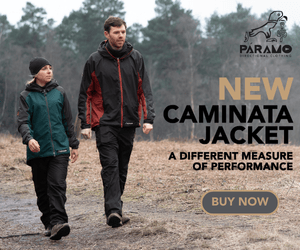- Details
- Written by: Neil Tyldesley
Not all waves are created equal. The way a wave breaks depends on what lies beneath the surface — sand, rock, coral, or even man-made reefs — and that determines how it behaves, how powerful it feels, and who it suits best.
In 2025, advanced mapping, real-time swell forecasting and coastal engineering projects help surfers understand these breaks better than ever. Wherever you surf, waves tend to fall into four main categories: beach breaks, reef breaks, point breaks and rivermouth waves.
If you’re getting started, check out our guide to some of the best surf beaches in Cornwall and the top Welsh surf spots to see how breaks differ regionally.
Beach Breaks
Beach breaks are waves that break over a sand bottom. Because the sand shifts, wave shape can change daily, sometimes lasting just days or weeks. Thanks to better forecasting and satellite tools in 2025, surfers can often predict where banks will form — though it still takes local knowledge.
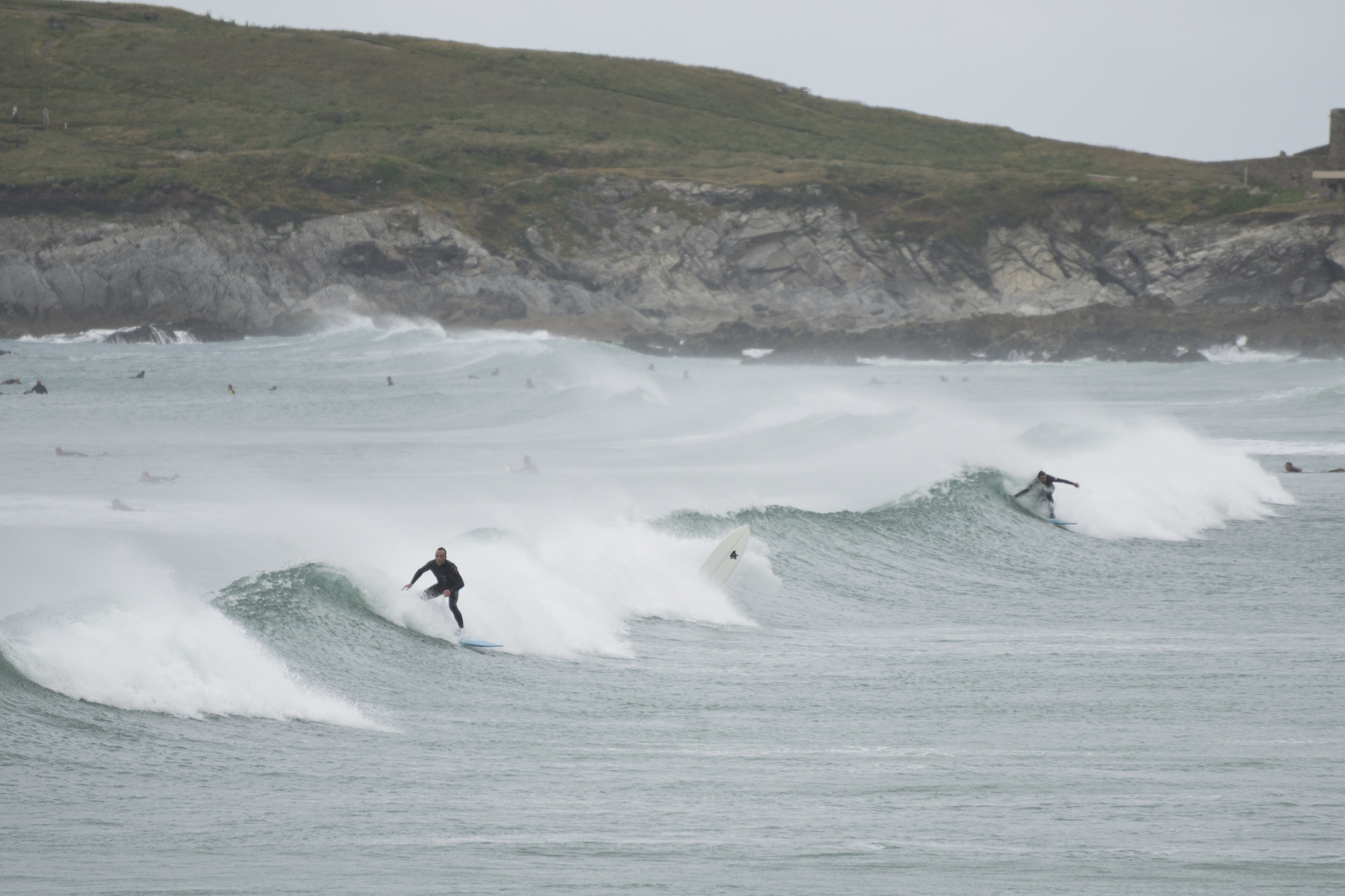
There’s typically no clean paddle-out channel, and rips can shift unexpectedly. But because the bottom is sand, they're safer than reefs, making them ideal for beginners. In England and Wales, most surfable waves are beach breaks. For example, Cornwall’s legendary breaks are detailed in our Cornwall surf guide.
Heavy beach breaks exist — Puerto Escondido, Supertubos, Hossegor — proving sand bottoms don’t limit performance.
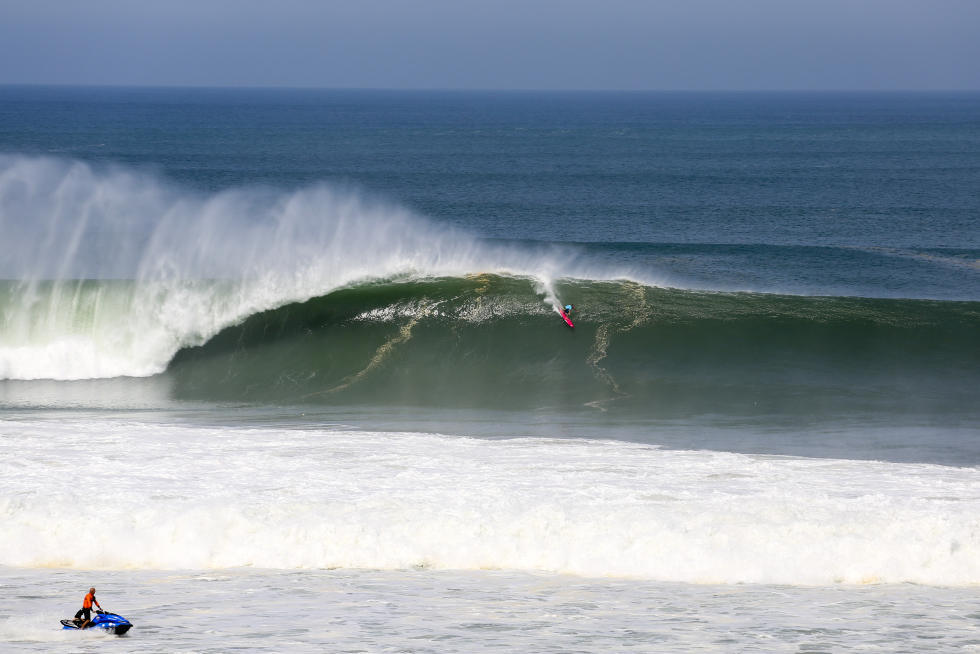
Reef Breaks
Reef breaks occur when waves hit a rock or coral seabed, creating a fixed, predictable shape. There’s usually a channel for paddling out — a relief after beach break chaos — but the danger lies below.
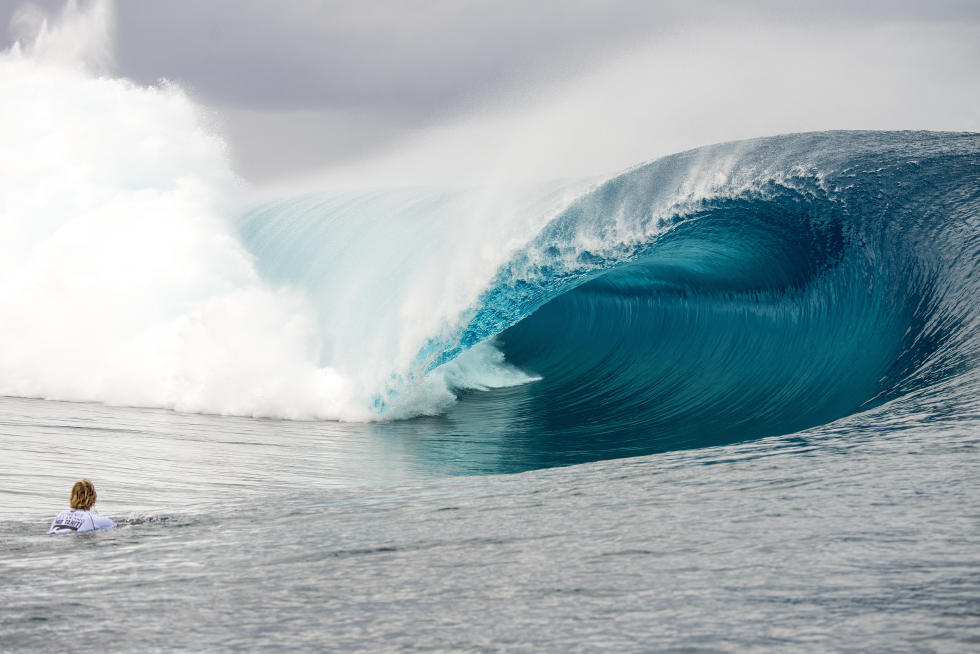
Reefs can be shallow and sharp, making falls far less forgiving. In tropical regions, live coral can cause serious cuts that demand quick care. Many surfers now wear helmets and impact vests at heavy reef breaks — a small nod to modern surf safety.
World-famous reefs like Pipeline in Hawaii, Teahupo’o in Tahiti, and Cloudbreak in Fiji have become the proving grounds for big-wave specialists. In the UK, Thurso East in Scotland leads the charge, with Ireland’s Mullaghmore Head ranking among Europe’s premier heavy-water spots.
As sea levels and storm patterns shift, scientists and local surfers are watching how these reef setups evolve — some improving, others disappearing altogether.
Point Breaks
When swell wraps around a headland or point, peeling along the coast instead of straight toward it, you get a point break. These waves can run for hundreds of metres, offering long, flowing rides perfect for linking turns and refining style.
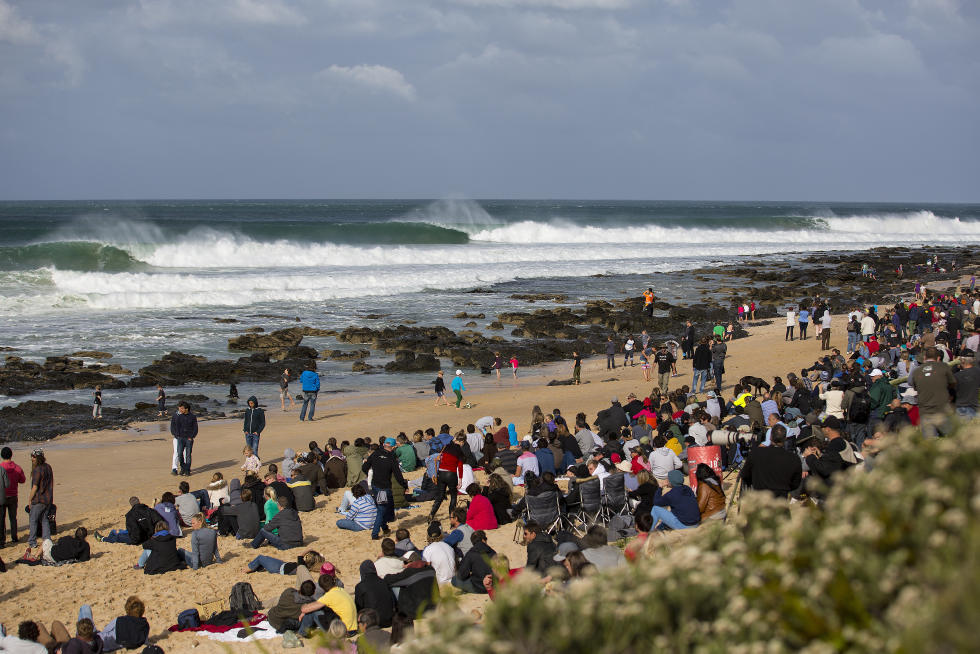
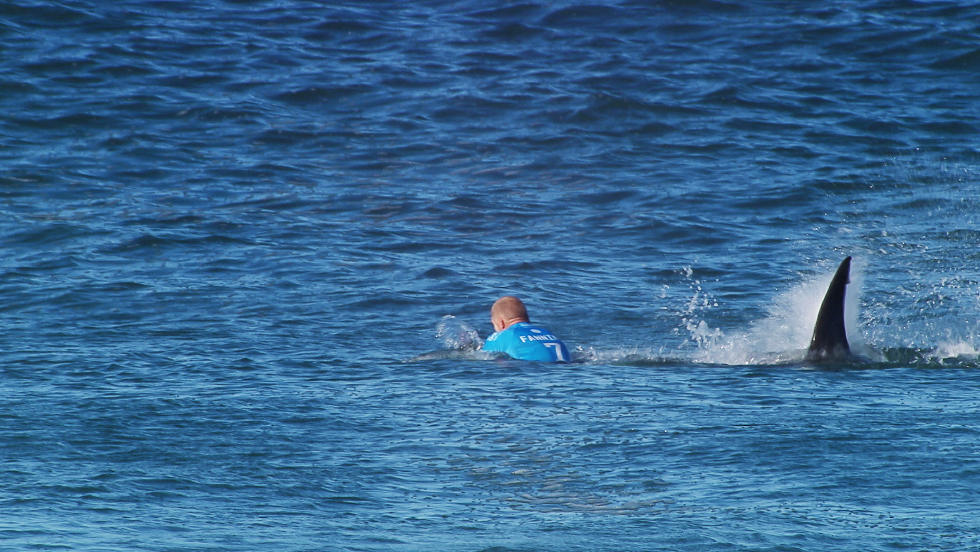
Depending on the seabed, they can be mellow and longboard-friendly (like Malibu) or fast, hollow and demanding (like Jeffreys Bay in South Africa). In 2025, even wave pools are mimicking point-break mechanics — creating artificial lines that let beginners experience that same rhythmic glide inland.
For intermediate and advanced surfers, point breaks are ideal for honing technique. In the UK and Ireland, they’re rare but not mythical — a few gems are out there if you know where to look.
Rivermouth Waves
Rivermouth breaks form where rivers deposit sand into the sea, creating well-shaped sandbars that peel neatly along the shoreline. They’re like nature’s version of a wave pool — smooth, consistent, and hugely satisfying when they turn on.
These waves are rare but exceptional. The Basque Country’s Mundaka remains Europe’s most famous rivermouth break, delivering perfect barrels when the conditions align. Coastal development and climate shifts mean some rivermouth setups are changing, but improved sediment monitoring helps predict when they’ll come alive.
The Future of Surf Breaks
From artificial reefs to climate-driven coastal change, the landscape of surfable waves is evolving fast. Wave parks now replicate beach and point breaks inland, while coastal engineering projects aim to stabilise eroding sandbanks and restore lost surf spots. Combine that with mapping tech and you get a changing landscape of surf spots.
Whether you’re just starting out or chasing heavier waves, understanding the different types of surf breaks helps you pick the right spot — and appreciate the incredible diversity of surfing experiences around the world.
If you love coastal travel, our adventure holidays in the UK article also highlights places you can surf, hike or explore in one trip. After surfing, find somewhere to warm up in our UK beach saunas guide, or park up at the best campervan sites in the UK.


